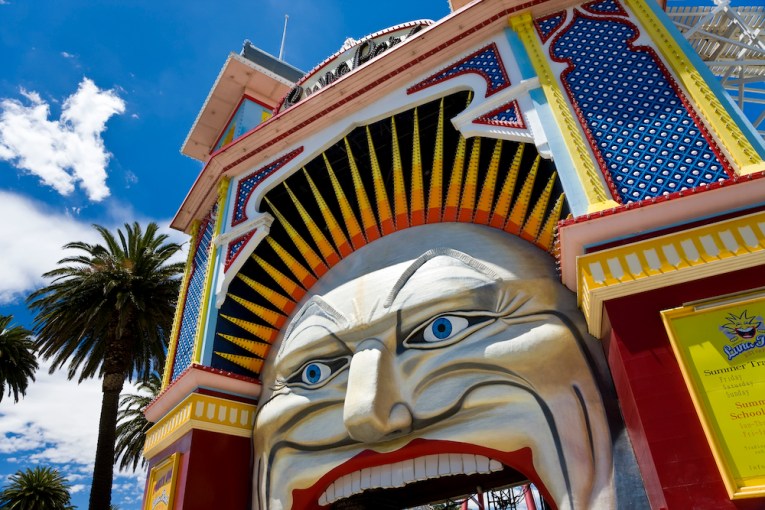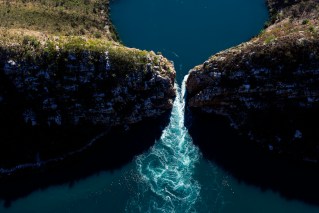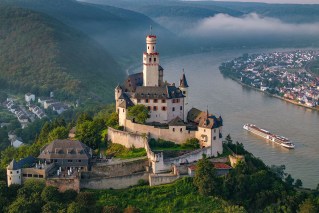How Instagram is changing travel, for better and for worse
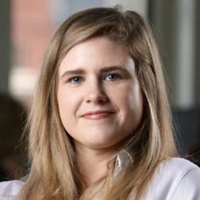
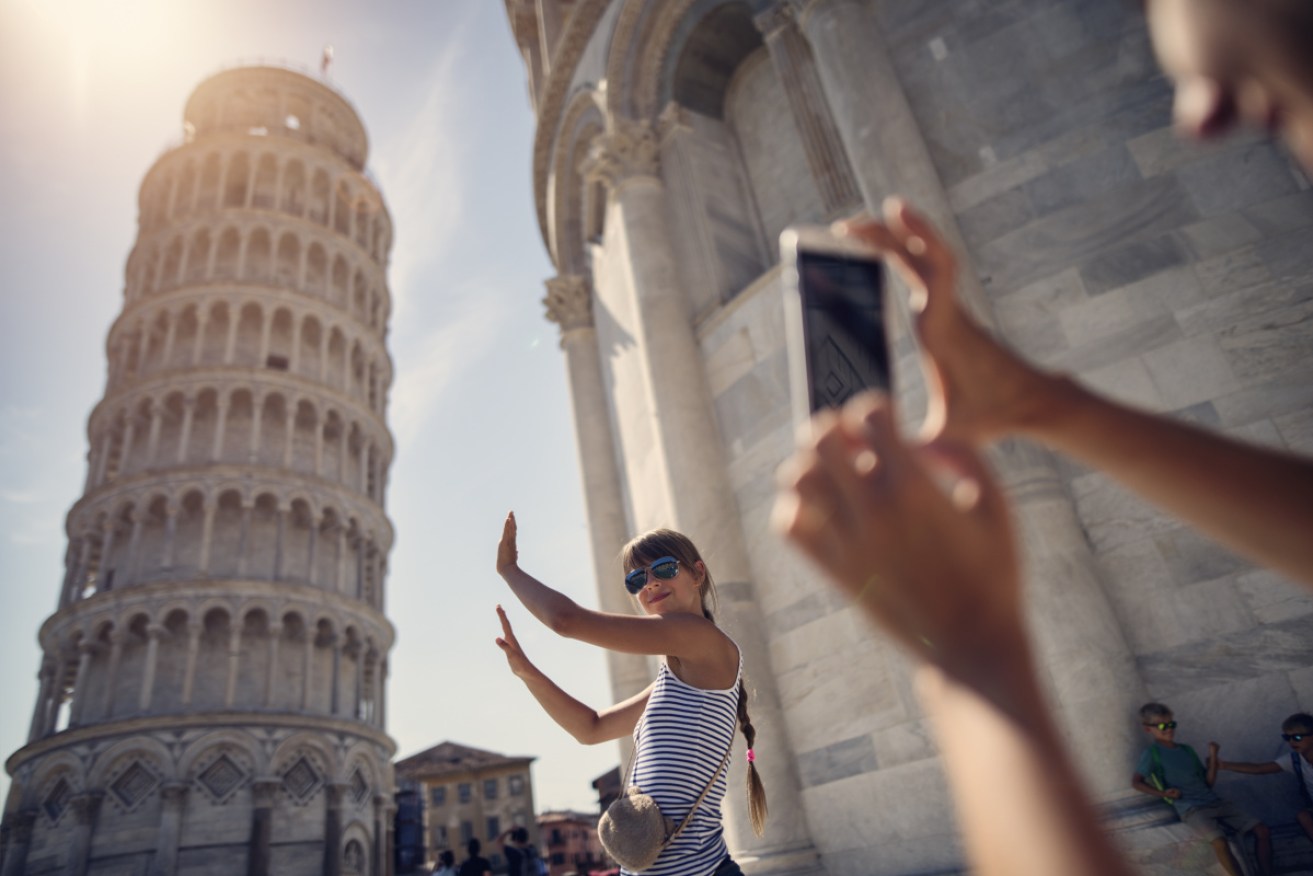
Sometimes the quest for the perfect shot can mean missing the perfect moment. Photo: Getty
The sunrise was like nothing I’d seen before. An expanse of blue sky shot through with baby pink, magenta, yellow and violet, the cocktail of colours bled into the grey, flat horizon, interrupted only by the peak of Mount Bromo, one of Indonesia’s active and most famous volcanoes.
If you looked hard enough, you could even see wisps of smoke emerging from the crater, the grey swirls elegantly looping upwards into the sky.
Suddenly, a hand was thrust in front of me. Holding the latest iPhone, the hand took picture after picture of the sunrise, hoping to capture the wonder on a 14-centimetre screen. I was annoyed: The moment was broken.
So I also took out my iPhone, and did one better: I shot a panorama image and a video, which I immediately posted onto my Instagram story with the words “Mount Bromo at sunrise”. The likes started flooding in, as did the comments.
As I looked at my images – none of which came close to representing the vibrancy in front of me – I missed the sky change from deep red to blue and gold. It was then that I realised the irony of being at one of the world’s greatest sites where no one was really present.
What is the rise of Instagram doing to travel? Are all our beautiful photos ruining the natural beauty of the place?

Sunrise at Mount Bromo, one of the world’s most beautiful spots.
Instagram and business
Instagram has gone from something fun we do when we travel to becoming the whole reason to travel, and the tourism industry has picked up on the trend.
Surveys listing the most Instagrammed places (if you’re interested, Disneyland took out the top spot in 2017, followed by New York’s Times Square and Central Park, Paris’s Eiffel Tower and Tokyo Disney Resort) are a travel staple for travellers and agents.
https://www.instagram.com/p/BqJ1W7LHmuB/
Sebastian Renzacci, CEO and founder of Trip Guru, has recently introduced “Instagram tours” as part of the company’s Bali adventure offering. The tour is available only to Trip Guru members, and is based on the analysis of the most popular Instagram location hashtags.
“One of our travel curators, a UK millennial blogger, was the first to test it, and provided additional spots which are off the beaten path and visually stunning,” he said in an email.
The company’s main customers include Australian, American and European millennials (born between 1981 and 1996, and usually from a Western background). Seventy per cent of its bookings come from female travellers aged 26-35.
Limited to four people, the tour has quickly become Trip Guru’s best seller, with Mr Renzacci looking to start similar tours in Bangkok and Hong Kong.
Bri Young, a social media expert and owner of Instagram travel account Exploring Shore, isn’t surprised at the rise in Instagram tours.
“The fact that Instagram is something quick, something that you can just do on the go, is its biggest appeal,” she says.
Ms Young, who started her account as a creative outlet, has since amassed more than 10,000 followers.
She says the key to Instagram is its authenticity and relatability: “People want to see experiences they can relate or aspire to”.
The irony is that it takes a lot of inside knowledge to understand how to curate the perfect “authentic” Instagram travel experience. That includes being aware of hidden Instagram rules (“don’t post too often or you’ll get blocked from certain features”) and trends (“today people want photos to look more natural, so your filter use has to reflect that”).
Overtourism and “death by selfie”
While travel companies, agents, hotels, cruise ships, tourist locations, airports and airlines have started to reshape their businesses with visual posts in mind, becoming an Insta-famous is a double-edged sword.
In Victoria, for example, The Pillars, a sensitive coastal site near Mount Martha on the Mornington Peninsula, has been trashed after trending on social media.
https://www.instagram.com/p/BP4qw6ADPgt/
Neighbours reported that summers have become “bedlam”, with tourists leaving behind rubbish, cigarettes butts and urine-filled bottles. Locals are campaigning for stricter rules demanding visitors preserve the area’s natural beauty.
Eliza Sum, a 30-year-old Melbourne journalist and travel enthusiast who co-founded Melbourne Girls Outside, says her startup follows a “leave no trace” policy out of respect to nature.
She says that, in Italy, the striking mountain range called the Dolomites has become so popular on Instagram that the entry price at a popular Tre Cime di Lavaredo car park has been driven up to 30 euros per vehicle, simply to curb the amount of visitors coming to take pictures and ruining the environment.
Ms Young agrees: “Be sensitive to the context. When you’re visiting a site, you have to understand the context of where you are and act appropriately”.
It’s not just about ruining others’ good time, living space and nature; it appears that the quest for the perfect Instagram selfie and travel shot is also destroying people’s lives.
This year, a young Indian couple fell to their deaths after taking selfies on a cliff edge at Yosemite National Park in California. Earlier in 2018, Australian man Michael Kearns and his British partner, Louise Benson, died after falling 30 metres off a beach wall while taking selfies in Portugal.
A recent study into death by selfies found that 259 people died in a six-year period while attempting to capture the perfect selfie.
Where does this leave us? Travel photos have been around for decades and they’re not going to stop. The responsibility for keeping people safe might have to fall to local councils and government.
That’s something that New York State has learnt after at least four people died while trying to take a photo of Kaaterskill Falls.
Until then, it’s on us to remain rational – even if it means missing that amazing sunset.
